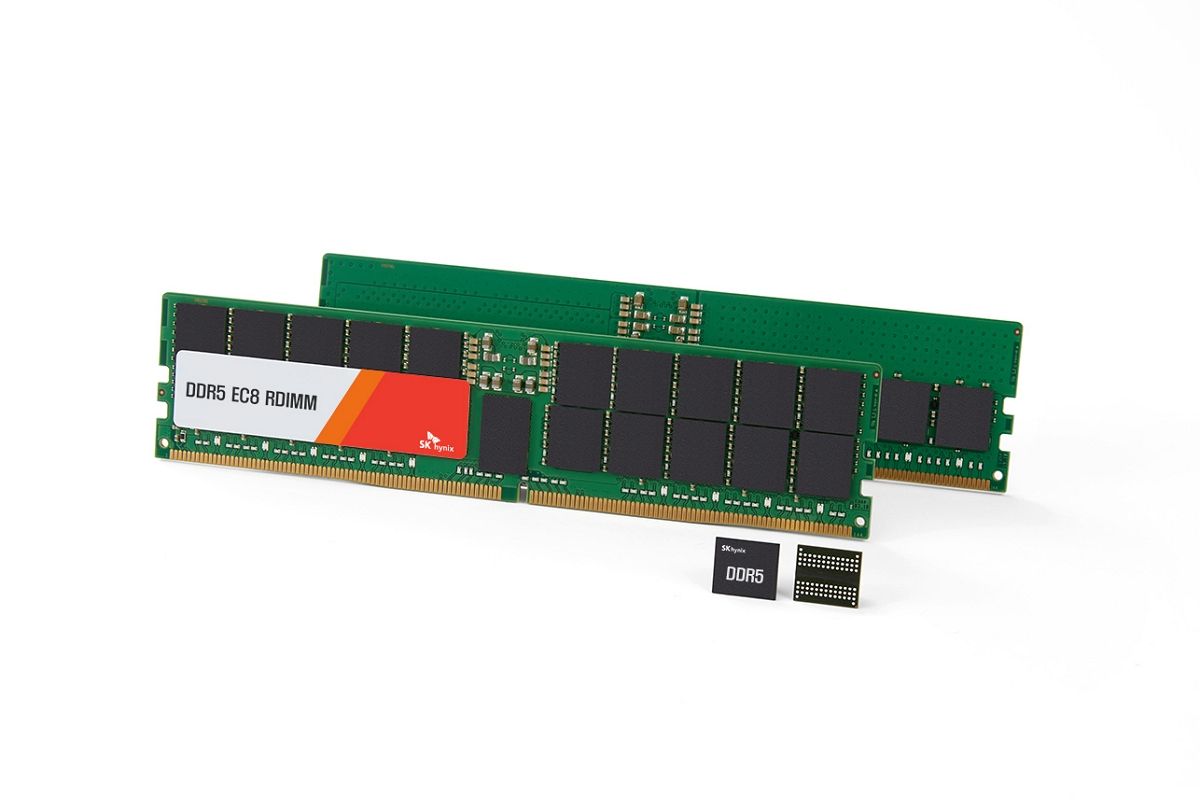SK Hynix, a company well known for its memory products for PCs, has announced that it's now sampling the world's first 24Gb (gigabit) DDR5 RAM chips with customers. This is a big step forward for memory modules which have typically maxed out at 16Gb of capacity per chip. It means these chips now have increased memory density, giving users more capacity in the same form factor.
This is partly thanks to the new 1anm manufacturing process, which uses extreme ultraviolet (EUV) lithography. In addition to the increased density, this new process offers more production efficiency and speed - up to 33% more, to be precise. On top of that, these new memory chips promise up to a 25% reduction in power consumption for the same capacity, so systems powered by this memory will be more efficient, too.
Another interesting thing about these chips is that their maximum capacity isn't a power of two. Typically, memory modules increase in capacity by doubling whatever the previous tier is, so after 16Gb, you'd expect a 32Gb chip. However, it will probably take a while for DDR5 modules of that density to exist, so SK Hynix came up with a 24Gb chip in the meantime.
It's important to note that these 24Gb DDR5 chips are not an entire RAM module, they're one of the individual chips on that module. The actual products SK Hynix will be selling will be starting with 48GB (gigabyte) and 96GB memory capacity, and as you might expect, the first customers in line are data centers. These customers typically have the biggest need for high-performance hardware like this, powering high-end servers in AI and machine learning applications, as well as the fabled metaverse that many companies are investing in lately.
It's still early to say when regular consumers will be able to try out these new chips, but it may take some time due to ongoing component shortages in general. Intel's recently-launched Alder Lake processors are the first consumer CPUs to support DDR5, and adoption will probably take some time to ramp up. You also shouldn't expect the same size modules to be available for general consumers, since most users would never need this kind of capacity.

